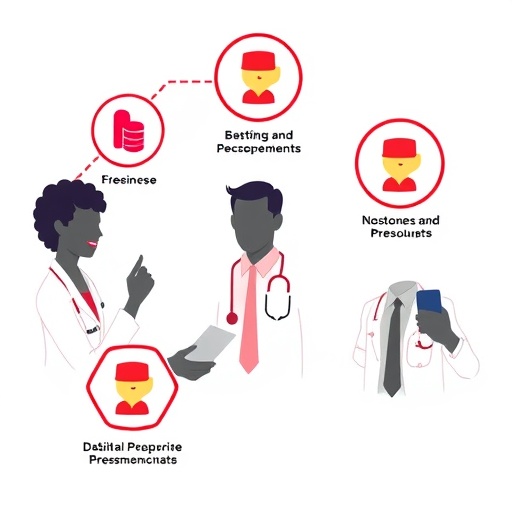Standard tests used to identify dehydration are not working for older people living in care homes – according to new research from the University of East Anglia.
Carers often use simple tests to see if an older person is dehydrated. These include looking at their eyes, skin, or asking if someone feels thirsty, tired or has a headache.
But new research published today finds that these tests do not accurately identify dehydration in older people, when compared against ‘gold standard’ blood tests.
Lead researcher Dr Lee Hooper, from UEA’s Norwich Medical School, said: “Low-intake dehydration happens when people don’t drink enough fluids to stay healthy, and is very common in older people, including those living in care homes.
“It happens for all sorts of reasons, such as weakened thirst sensation – which happens as we age, not remembering to drink or difficulties fetching, carrying and reaching drinks.
“Standard tests for dehydration include looking at the eyes, skin, inside the mouth or feeling under the arm to check for dryness, measuring for a drop in blood pressure, or asking if someone feels thirsty, headachy or tired.
“These tests have long been described as standard clinical indicators of dehydration and their use is advocated in nursing and medical text books, care guidelines and many health-related websites.
“But we wanted to know if these tests work in older people living in care homes, how accurate they are, and whether they really tell us if someone is dehydrated. This is important to know because using a test which doesn’t work is telling us the wrong thing and health professionals might provide the wrong care as a result.”
The research team studied 188 men and women living in care homes in Norfolk and Suffolk. Participants underwent a number of standard dehydration tests such as looking in their mouth and feeling under their arm, having blood pressure, pulse and temperature measured, and answering questions about how they were feeling, including whether they felt thirsty or not.
They were also given a blood test to test for serum osmolality – the most accurate test available for measuring low-intake dehydration. The results of all the other tests were compared to this ‘gold standard’.
Lead author, Dr Diane Bunn, from UEA’s School of Health Sciences, said: “When we analysed the results of all the simple tests, we found that none of them were able to accurately identify people with dehydration, and we recommend that they are withdrawn from practice.
“Whilst blood tests are the most accurate way of telling if someone is dehydrated, this is expensive and not easily done in care homes unless a doctor orders the test. We really need an inexpensive easy-to-do test for dehydration in older people, and one which works.”
###
‘Signs and symptoms of low-intake dehydration do not work in older care home 1 residents – DRIE diagnostic accuracy study’ is published in the Journal of the American Medical Directors Association (JAMDA) on Monday, March 11, 2019.
The research was funded by the National Institute for Health Research.
Media Contact
Lisa Horton
[email protected]




